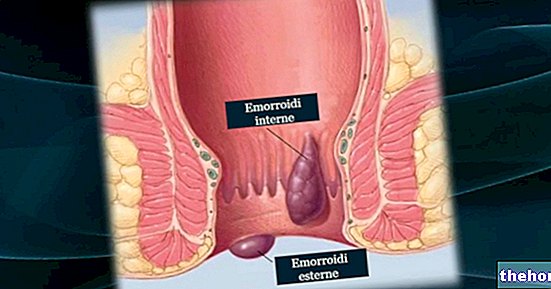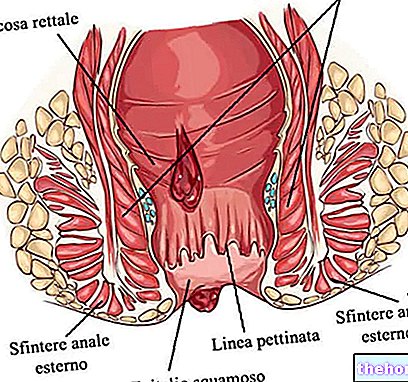
In people who already suffer from irritable bowel syndrome, the symptomatological manifestation of lactose intolerance (IL) is significantly greater; furthermore, since these are two very widespread pathologies and with some clinical signs and / or "overlapping" symptoms, carry out the diagnosis differential is not an easy path.
it is possible (and in this case necessary) to carry out a specific test, the Breath test (measurement of exhaled hydrogen).
Ultimately, the breath test is the only analysis that allows to distinguish coexistence (overlap or comorbidities) between abdominal symptoms of lactose intolerance and that of irritable colon.
It is obvious and well known that subjects positive to the Breath test, therefore intolerant, to reduce symptoms must follow a diet with a reduced lactose content; but in case of coexistence with irritable bowel syndrome, the results of a similar nutritional therapy will they be the same?
* Diagnostic criteria Rome III 2006: irritable bowel syndrome is a functional intestinal disorder in which abdominal pain or discomfort is related to defecation or a change in the alvus, with signs of impaired defecation and abdominal distension.
, the dieticians Chiara Razzolini and Carla Dini carried out an experimental analytical study.The research sample is of 27 subjects who are lactose intolerant and positive in the Breath test; were followed for 3 follow up (meetings): at time 0, after 15 days and after 45 days, in order to evaluate them there compliance (accession) to diet with low lactose content (between 0.5 and 1.5 g daily, given at the first visit) e the possible reduction of symptoms.
Through the use of the questionnaire Rome III 2006, the dieticians evaluated the presence of irritable bowel syndrome; Of the 27 subjects, 18 are positive:
- 9 with diarrhea
- 4 with constipation
- 5 with diarrhea and constipation.
On the contrary, of the 27 only 7 were affected ONLY by lactose intolerance and 2 were excluded (dropout) at the first checkup because they complained of atypical complaints, ie only HEADACHE, and not abdominal ones.
The complaints [with greater onset after meals (15 "/ 3h)] by the patients who remained under observation were: bloating, diarrhea, meteorism, abdominal pain, constipation, nausea, headache and stomach acid; with the exclusion of lactose from the diet, many subjects reported a general improvement in symptoms, with the exception of some occasional ailments related to the transgression of the dietary rules imposed by the diet.
On the other hand, there were 10 patients who did not report any improvement in their symptoms (of which 8 with irritable bowel and 2 without). This means that lactose intolerance, although present, is not necessarily the triggering agent. abdominal but (probably) an irritable bowel syndrome could coexist responsible for the symptoms.
) makes no sense except in the presence of clinical evidence (Breath test), but even in this case, although the majority of the population can benefit from the "exclusion of lactose (60% of the sample analyzed), a" other good slice could continue to manifest abdominal symptoms due to the overlap with irritable bowel syndrome (32% of the sample analyzed).
Note: more than half of the cases observed showed a strong link between stressful daily events and inadequate diet, as if at the level of individual perception this represented the triggering reason for the disturbances.
All lactose intolerant subjects without irritable bowel responded positively to the treatment (except those with headache), while in those with irritable bowel, only slightly more than half benefited from the exclusion of lactose.
This should lead clinicians and nutrition professionals to reduce the importance of the dose of lactose in positive subjects who do not improve with the exclusion of the latter; in this case, it is very likely that the causative agent of the abdominal symptoms is an overlap with irritable bowel syndrome (coexistence of the two disorders).
By loosening the restriction of lactose it would therefore be possible to favor the dietary balance, normalize the intake of essential nutrients such as calcium, avoid hypovitaminosis and insufficiency in the intake of mineral salts, and avoid an excessive restriction in the food choices of patients.




























